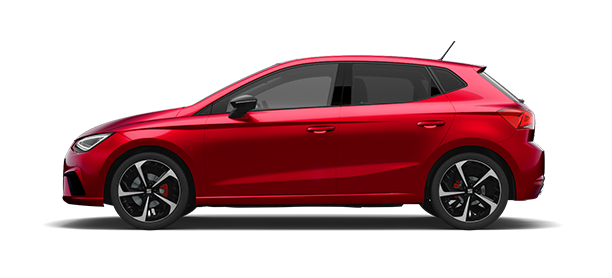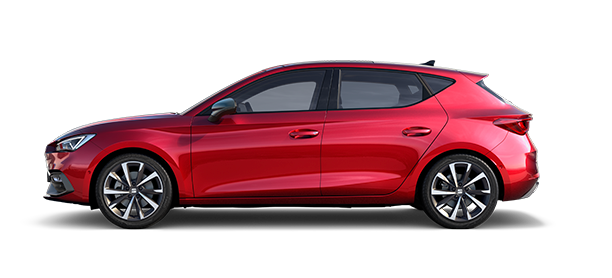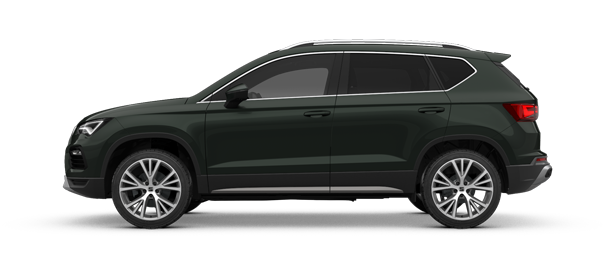Our global range of cars and product specifications varies from country to country. Please, visit your local SEAT website to know more about the product offer available for you.
“The specified fuel consumption and emission data have been determined according to the measurement procedures prescribed by law. Since 1st September 2017, certain new vehicles are already being type-approved according to the Worldwide Harmonized Light Vehicles Test Procedure (WLTP), a more realistic test procedure for measuring fuel consumption and CO2 emissions. Starting on September 1st 2018, the New European Driving Cycle (NEDC) will be replaced by the WLTP in stages. Owing to the more realistic test conditions, the fuel consumption and CO2 emissions measured according to the WLTP will, in many cases, be higher than those measured according to the NEDC. For further information on the differences between the WLTP and NEDC, please visit our web page http://www.seat.com/company/wltp-standard.html
We are currently still required by law to state the NEDC figures. In the case of new vehicles which have been type-approved according to the WLTP, the NEDC figures are derived from the WLTP data. It is possible to specify the WLTP figures voluntarily in addition until such time as this is required by law. They are intended exclusively as a means of comparison between different vehicle types. Additional equipment and accessories (e.g. add-on parts, different tyre formats, etc.) may change the relevant vehicle parameters, such as weight, rolling resistance and aerodynamics, and, in conjunction with weather and traffic conditions and individual driving style, may affect fuel consumption, electrical power consumption, CO2 emissions and the performance figures for the vehicle.)
For more information about official fuel consumption and CO2 emissions values in new passenger cars, check the “Guide to passenger cars for sale in Spain, showing CO2 consumption and emissions”, available at all dealerships and on the webpage of the Institute for Diversification and Saving of Energy (http://coches.idae.es/PDF/GuiaFinalN.pdf.)“






